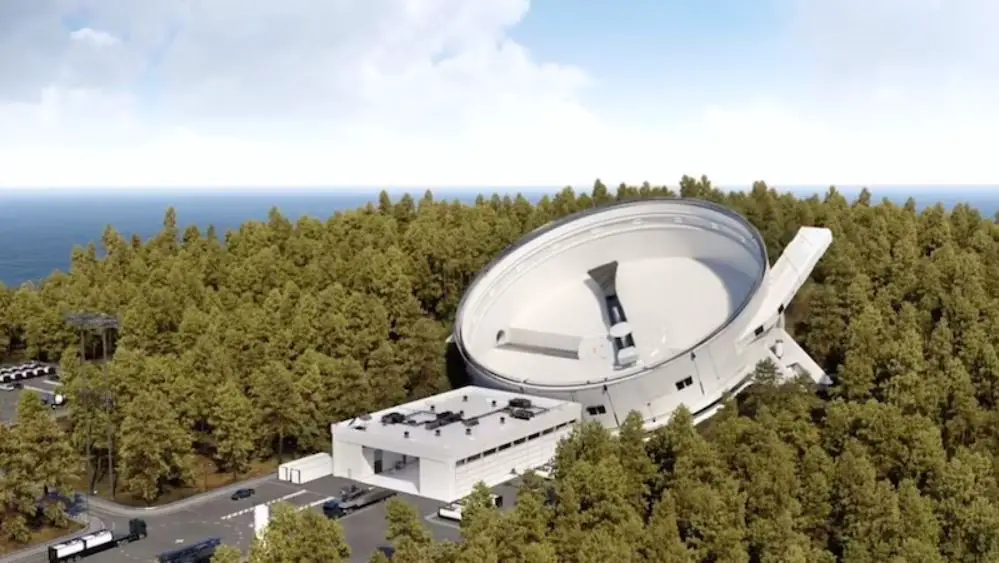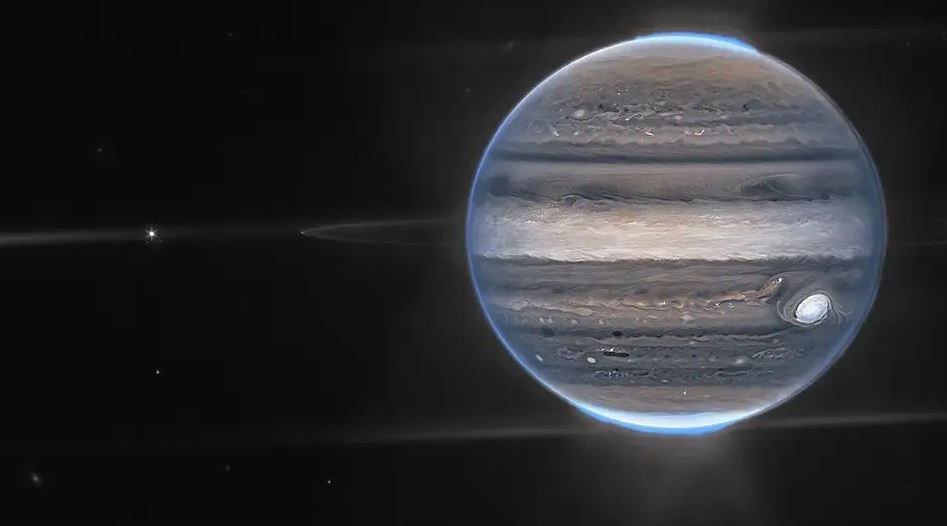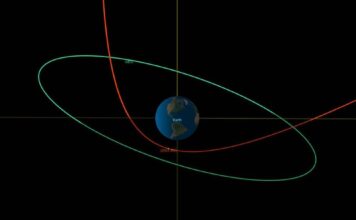Scientists discover Jupiter-sized young exoplanet HD-114082b. The analysis results show that it is not like the two common gas giant planets. Simply put, it is too heavy.
Astronomer Olga Zakhozhay of the Max Planck Institute for Astronomy in Germany and his research team are observing an exoplanet 300 light-years away.
At only about 15 million years old, it is the youngest exoplanet ever known, and understanding its properties promises to speculate on how planets formed.
Exoplanets are generally understood through two methods: the transit method and the radial velocity method.
The transit method is that when an exoplanet passes in front of the parent star, the brightness of the star will decrease.
As long as we know how bright the star was originally, the degree of dimming and the length of time. The radius of the planet and the radius of the revolution orbit can be inferred.
The radial velocity law understands the mass of an exoplanet through the degree of star wobble, and the combination of the two can also know the orbital inclination.
In the past four years, researchers have analyzed the data of the parent star and planets, and found that the radius of HD-114082b is equivalent to that of Jupiter.
But the mass is 8 times that of Jupiter, which means that the density of HD-114082b is about twice that of Earth, or nearly 10 times that of Jupiter.
However, the size and mass of the young HD-114082b cannot be a super-large rocky planet. The upper limit of the rocky planet is 3 Earth radii and 25 Earth masses.
As long as this value is exceeded, the density of the celestial body and the gravity of the planet can retain a large amount of hydrogen and helium to form the atmosphere.
It is obvious that HD-114082b exceeds this value and must be a gas giant planet, but astronomers still do not know the cause of HD-114082b’s value.
How Planets are Formed?
Scientists believe that giant planets are formed in two ways, called “cold start” or “hot start”. The cold start is caused by the electrostatic attraction of fragments surrounding the protoplanetary disk.
After the mass becomes larger, it is attracted by gravity until the mass is large enough to cause the runaway accretion of hydrogen and helium,
This method will form a rocky core, surrounded by a huge gas layer, and the gas will lose heat when it falls to the core, which is the reason for the cold start.
Hot start is also called disk instability, which occurs when the unstable rotation region of the protoplanetary disk directly collapses into a complete planet under the action of gravity,
This method has no rock core, and the gas will not release gravitational potential energy by falling, and will retain more heat.
The cooling rates of the two methods are also different. The researchers believe that the properties of HD-114082b do not conform to the hot start model.
But even if the cold start model is applied, the volume is still too large, unless the core is extremely fragile or an unknown mechanism occurs.
HD-114082b is one of the three known exoplanets less than 30 million years old, all of which are closer to the cold start model,
But three is a very small sample size, and scientists need more planets of this kind to verify their guesses.
Perhaps the cold start model should have been more refined before.
The research was published in the journal Astronomy & Astrophysics.




